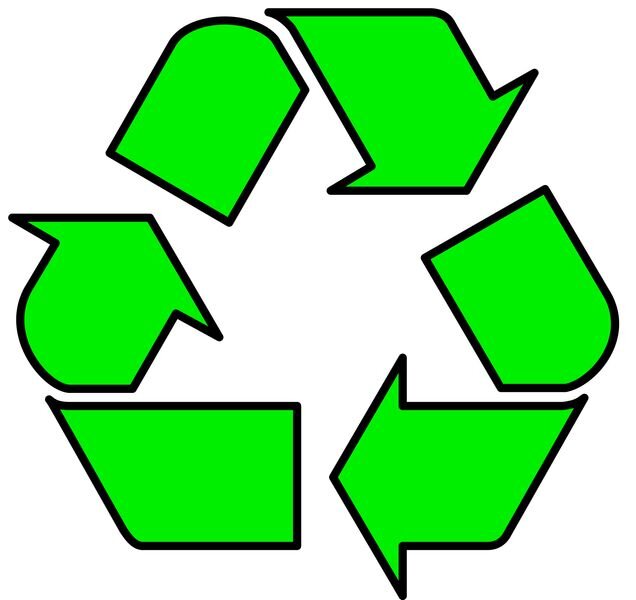 Can 3D printing waste be recycled to create a sustainable material lifecycle?
Can 3D printing waste be recycled to create a sustainable material lifecycle?
We’ve been made aware of research taking place at the University of Strathclyde on sustainable 3D printing.
Student Andrew Orr is researching “Low Cost Remanufacture of Plastics into 3D Printing Filament”. Orr explains:
“This project will focus on how individuals can reclaim used filament from fail prints and supports as well as creating filament from other sources of waste plastic without breaking the bank.”
This is a topic that has actually had a few commercial ventures explore, mostly unsuccessfully. While the mechanics of chopping up, heating and extruding waste thermoplastic into new filament are well-understood, the issue generally is one more of sourcing raw material.
Yes, there are literally tons of thermoplastic waste being discarded every minute worldwide, but there is a huge logistical question in how to identify, sort and collect material for recycling.
The problem is that 3D printer filament must be of the highest quality in order to produce good 3D prints, and indeed even allow the 3D printer to operate successfully. While the filament must be extruded to precise dimensions, there is a lot more challenge in finding a reliable supply of consistent input material.
For example, is the PET thermoplastic making up waste Coke bottles exactly the same PET mix used in Pepsi bottles? Is it same chemical mix even within a single manufacturer? It’s hard to know.
What about other random thermoplastic waste items? What material are they made from? What additives were used to create unique properties of that material? What chemicals were used to create the color of the material? Are these the same on different waste objects?
The answer, unfortunately, is usually not.
Some recycling ventures simplify the problem by insisting on accepting only very specific waste material, for example, “only 2L Pepsi bottles”. However, that approach still leaves astounding amounts of thermoplastic waste in the wild.
For personal or workshop recycling, this could be easy or more difficult, depending on the stream of thermoplastic being used. If a workshop were to almost always use the same filament product, then recycling is easy. But on the other hand, if a hobbyist used a wide variety of filaments with different properties and chemistry, then it’s a lot more challenging.
Regardless, Orr is investigating this phenomenon, and needs your assistance.
He has prepared a brief survey on attitudes to recycled material for 3D printing and requires as many respondents as possible.
If you have a moment to spare, please consider filling out the research survey at the link below. The survey is open now.
I’m hoping Orr’s and others’ work in this area succeed, as my workshop is gradually filling up with waste 3D prints that I really don’t know what to do with.

